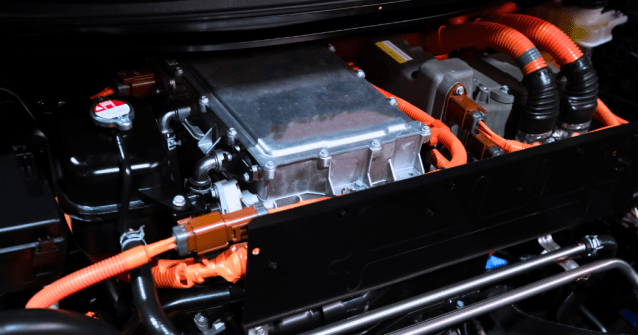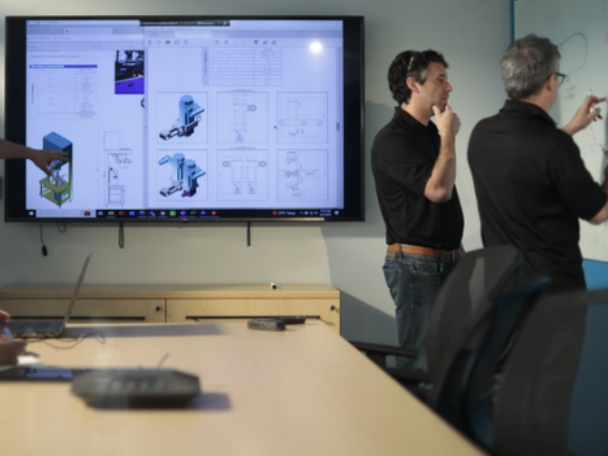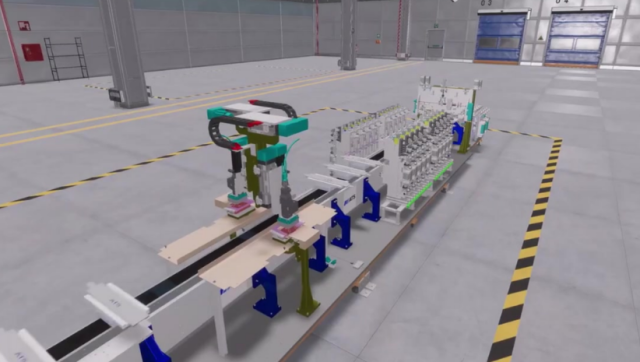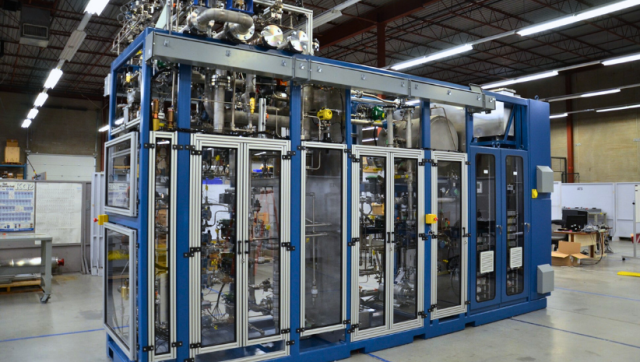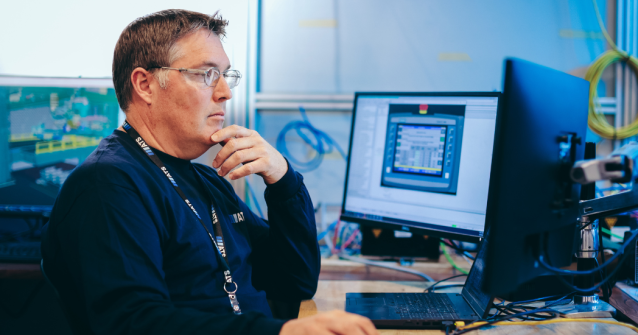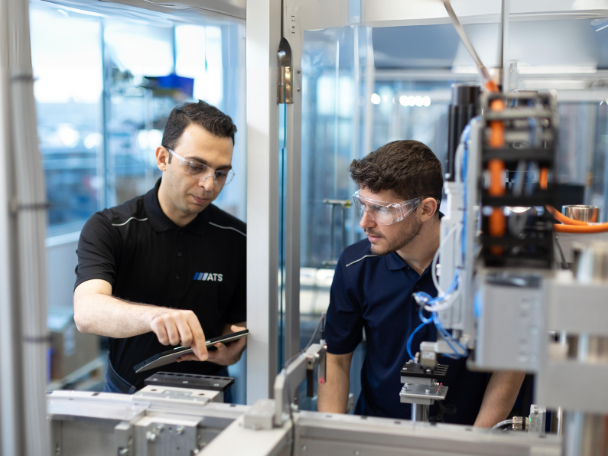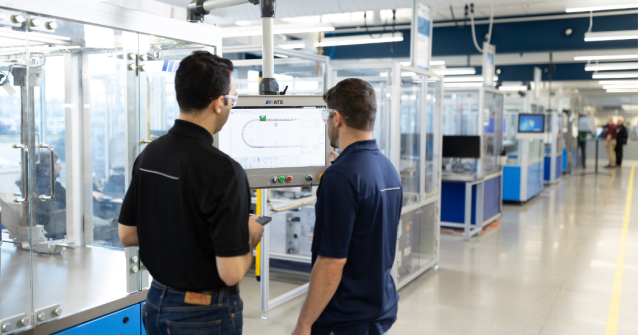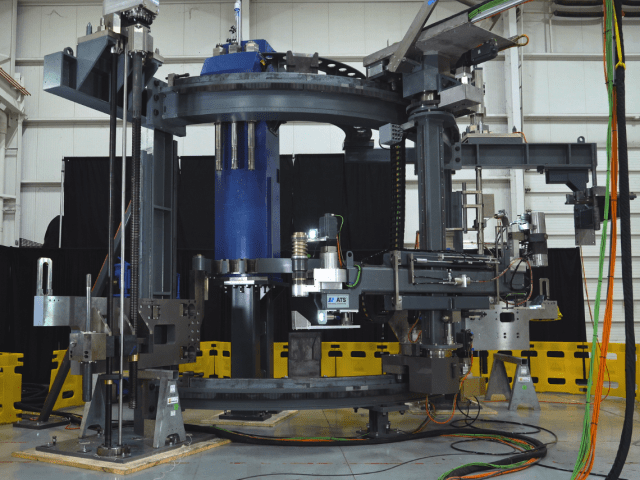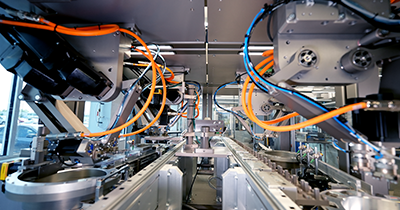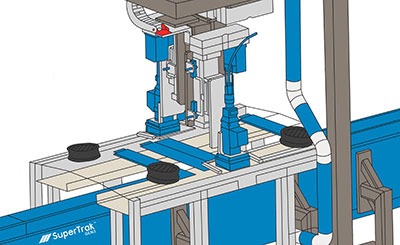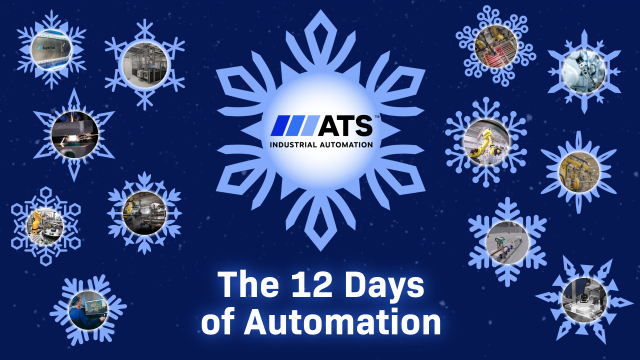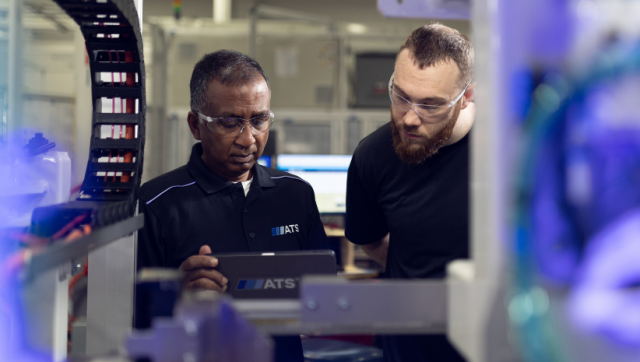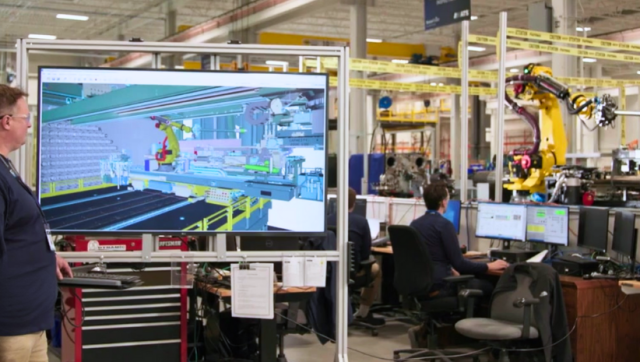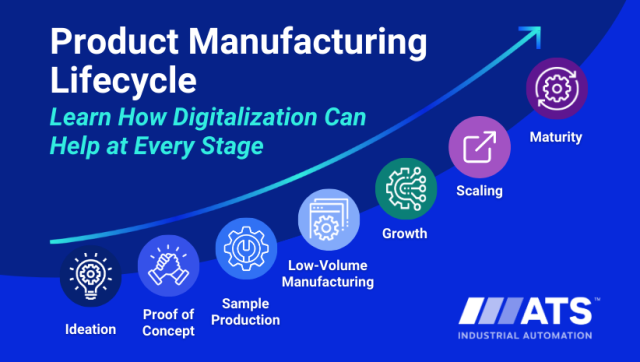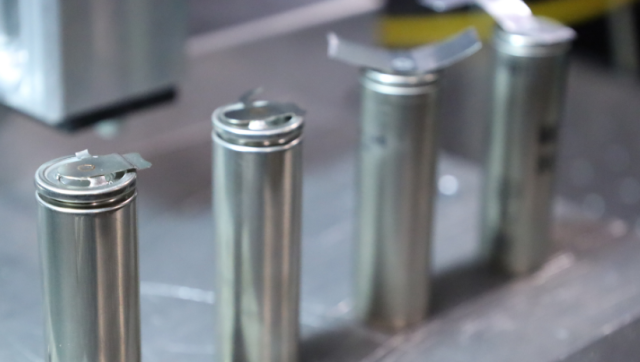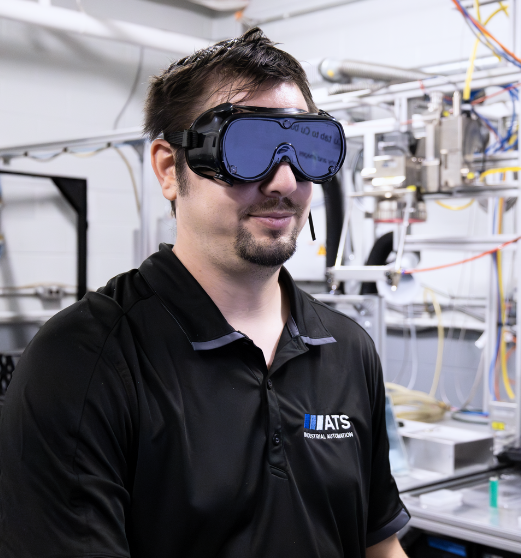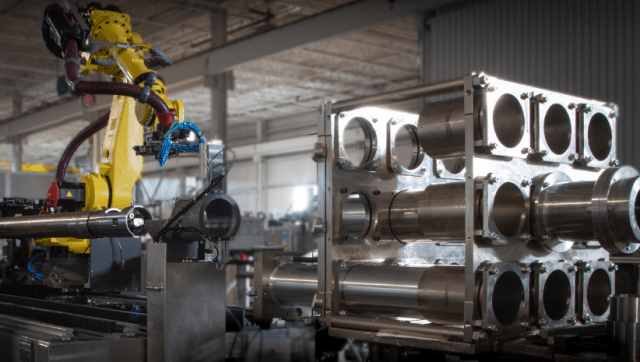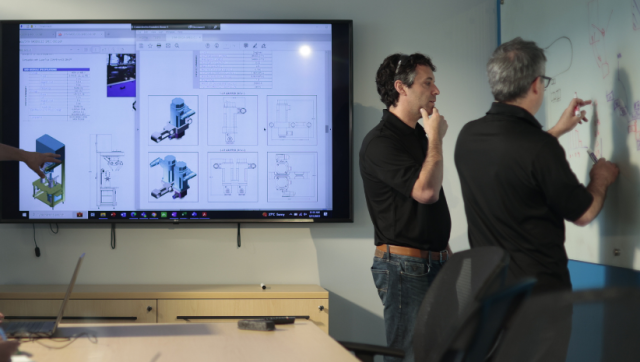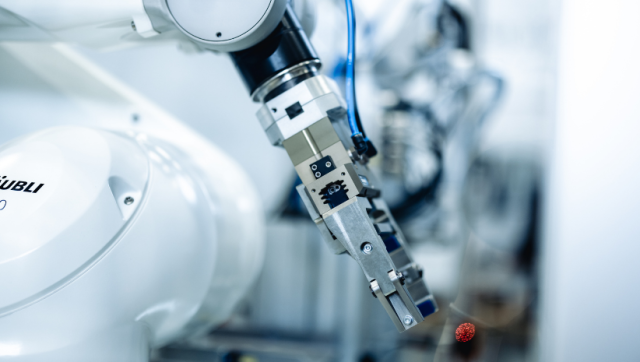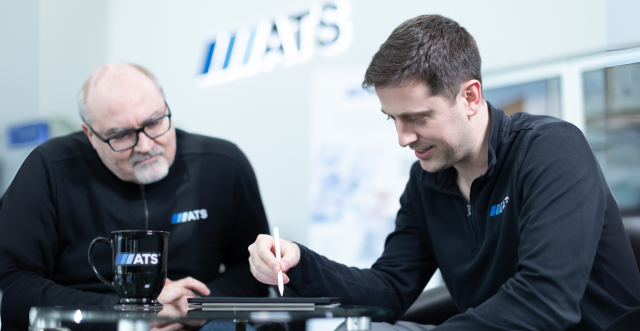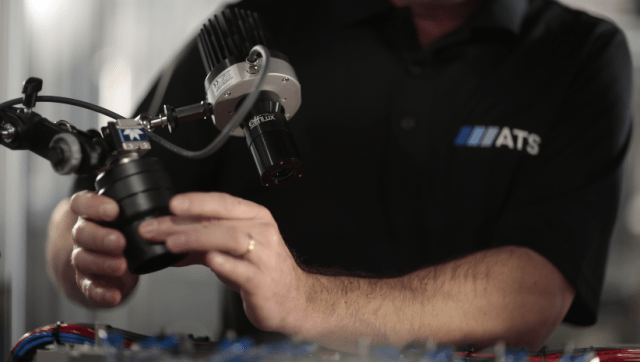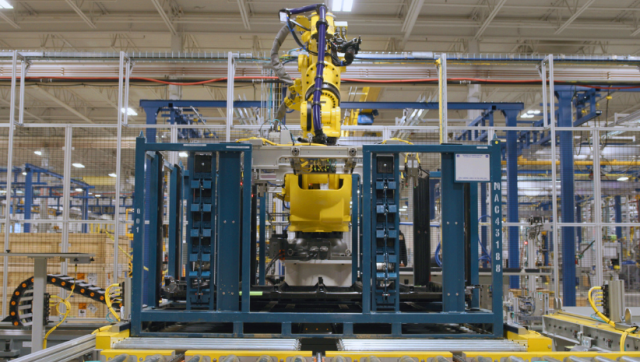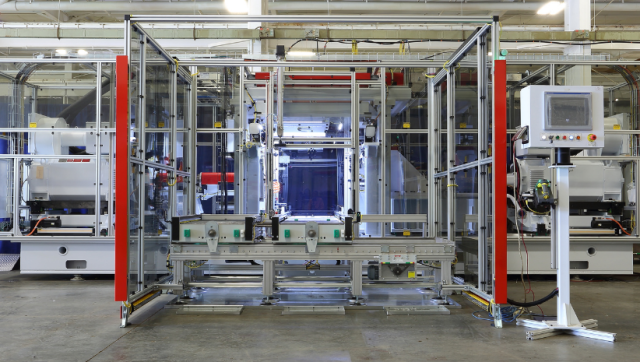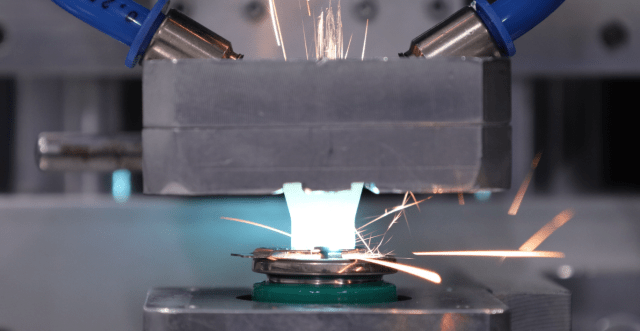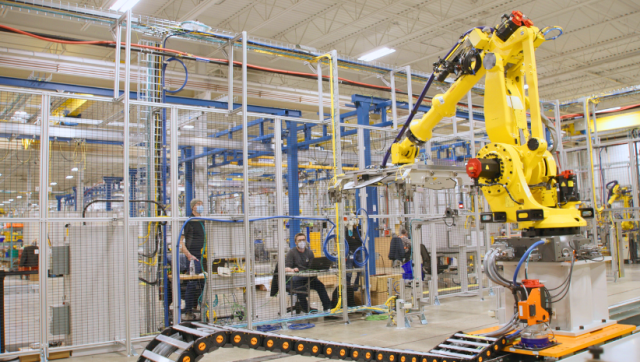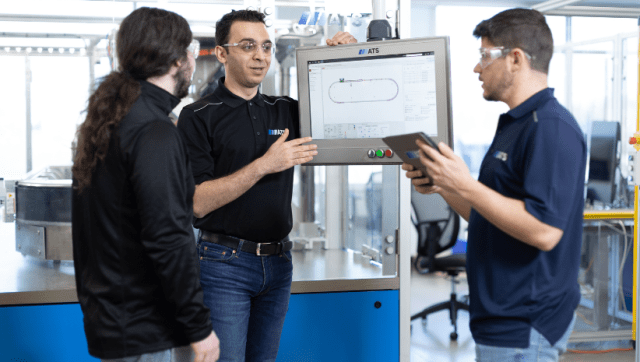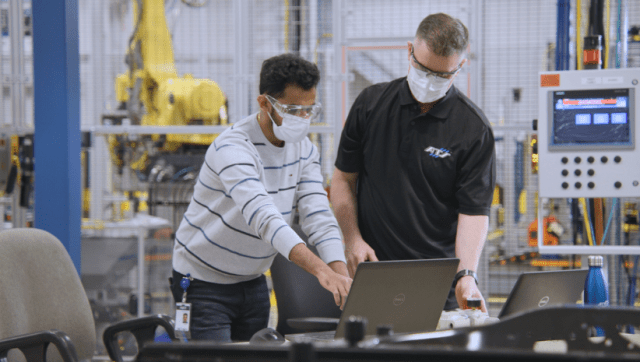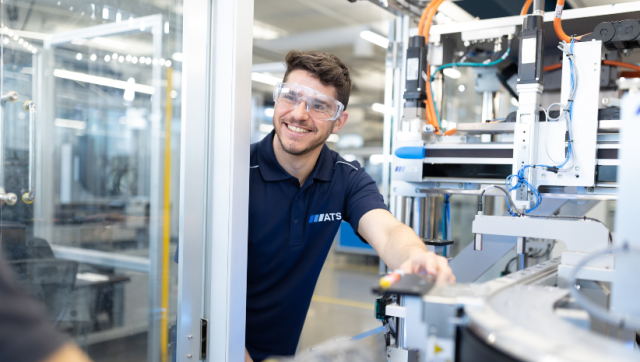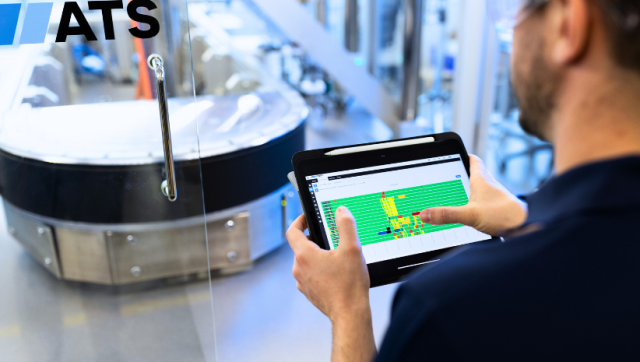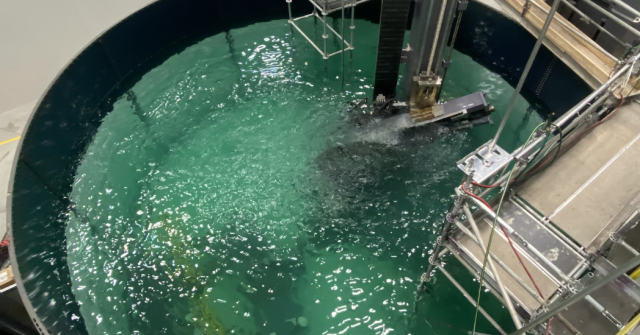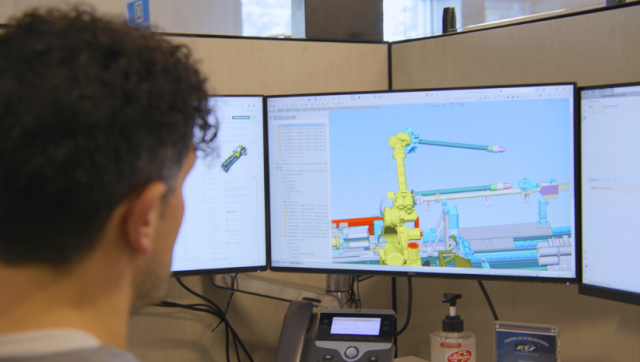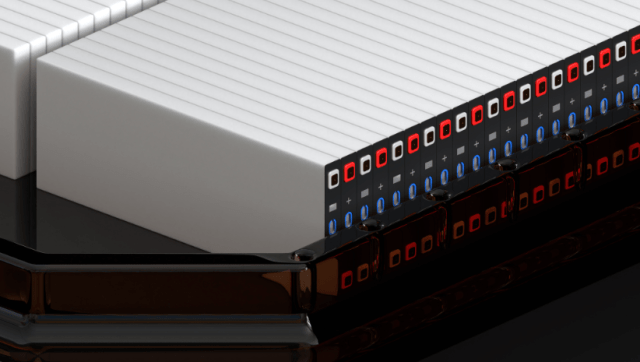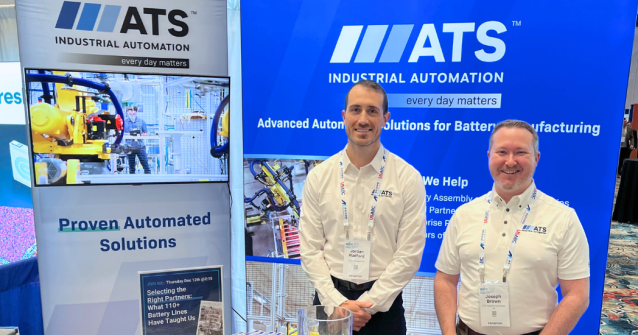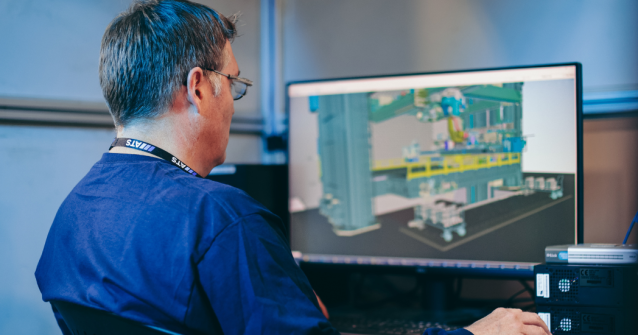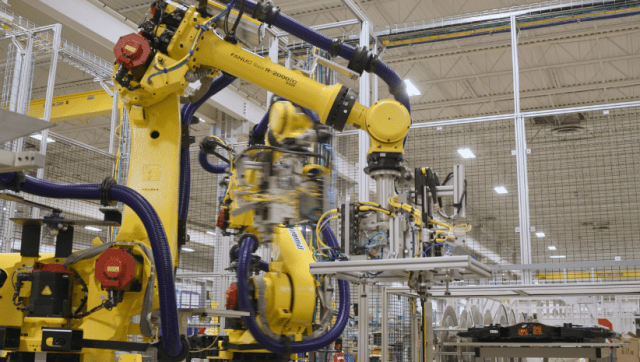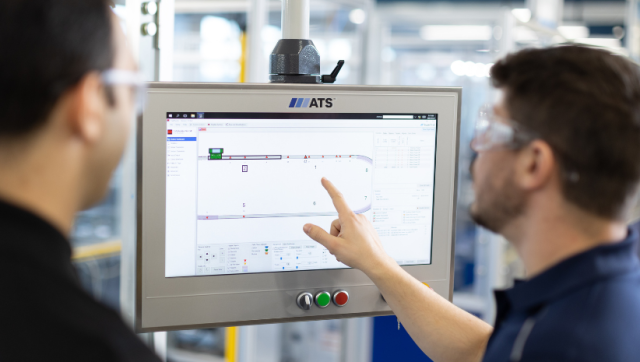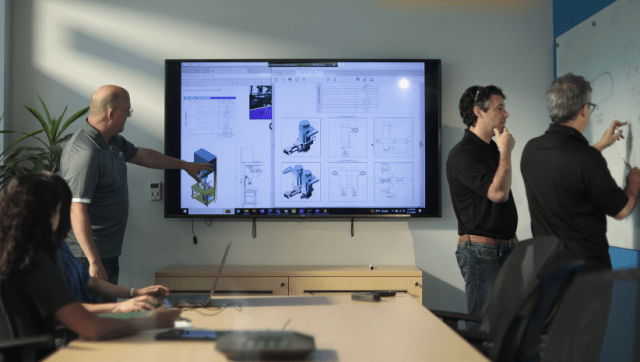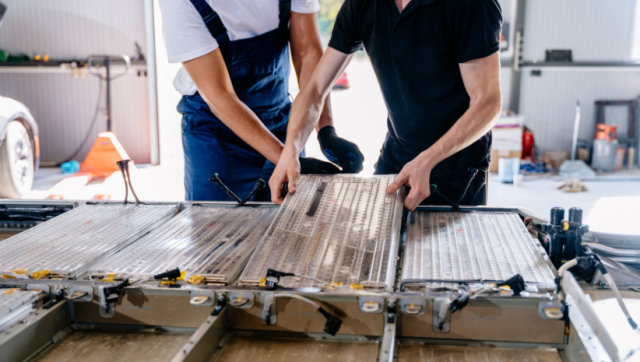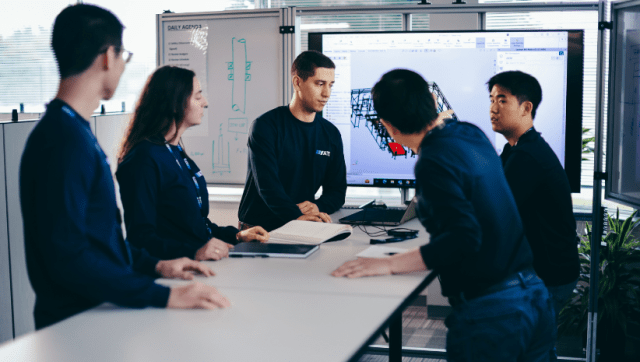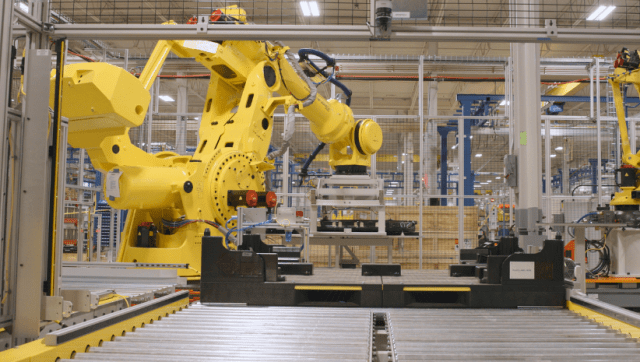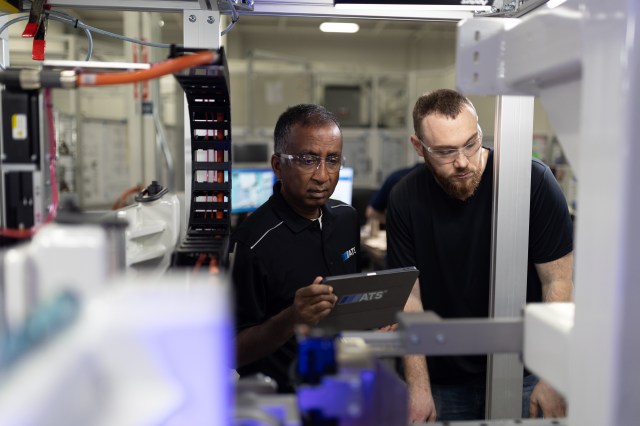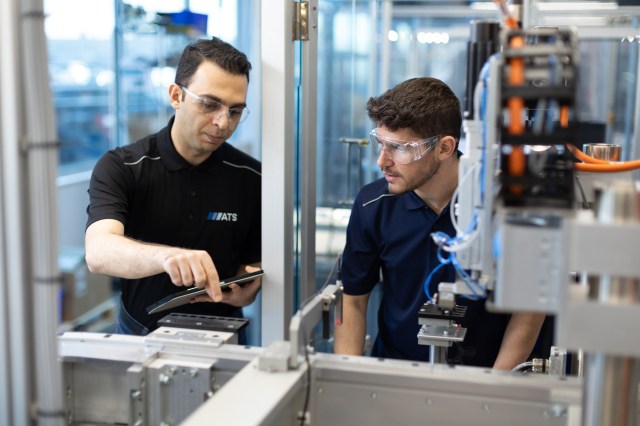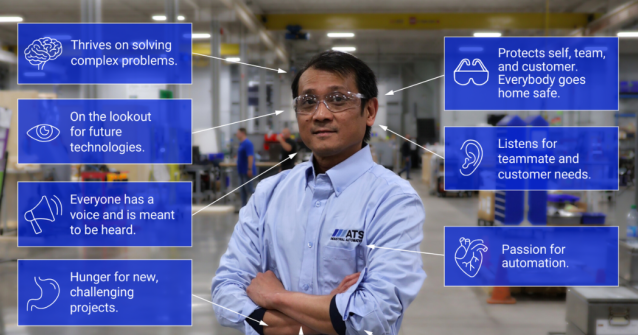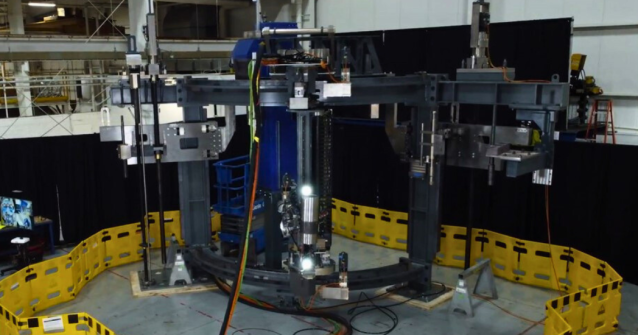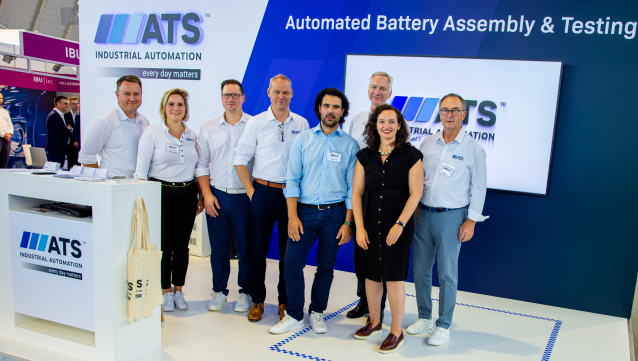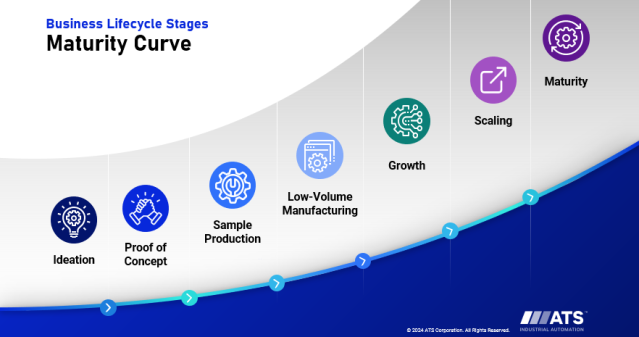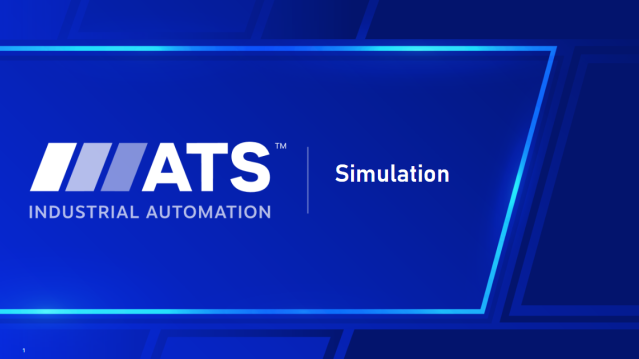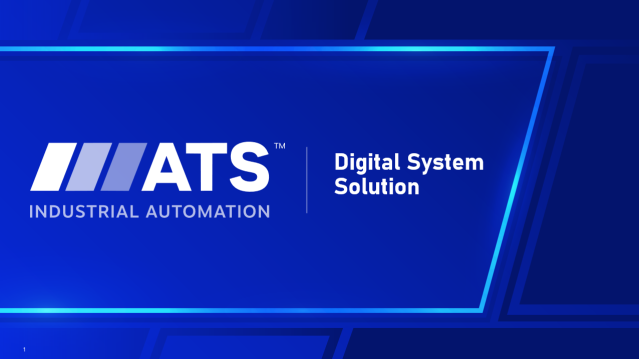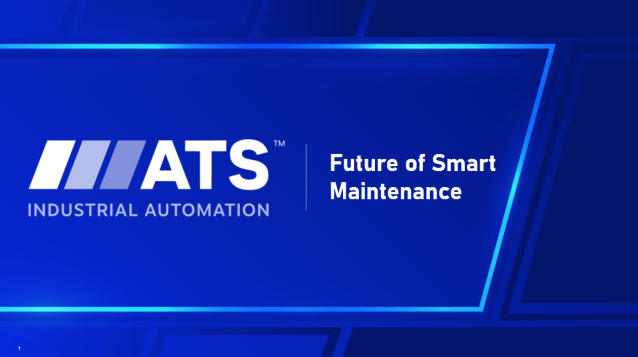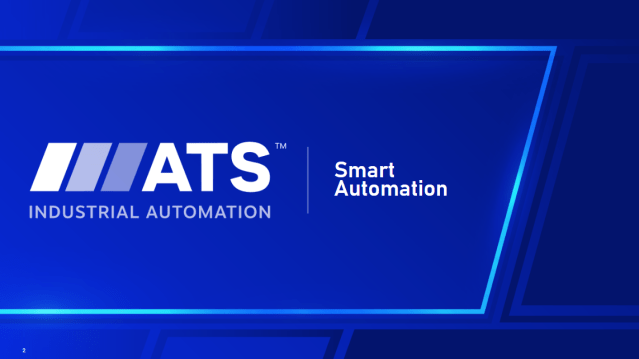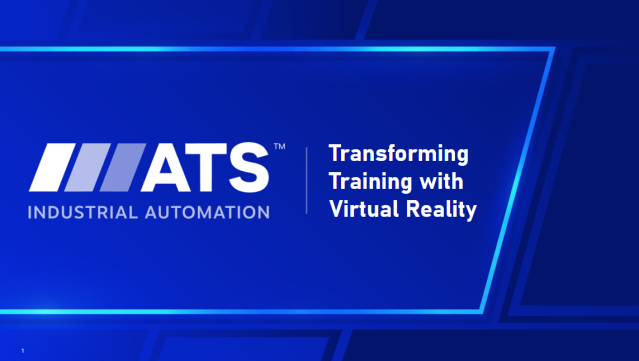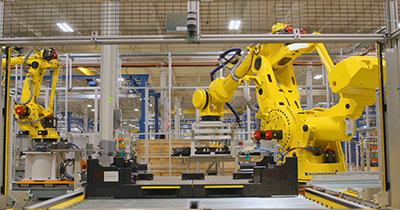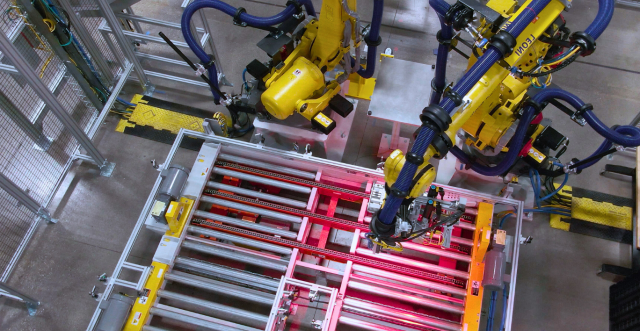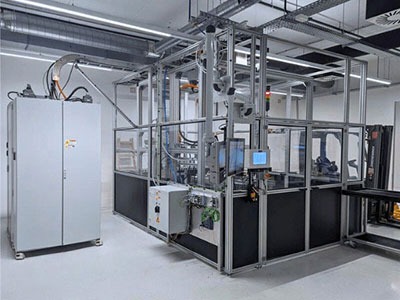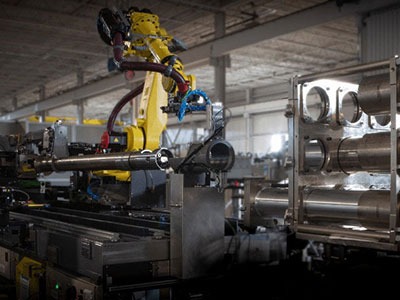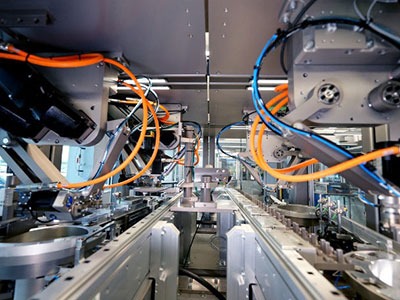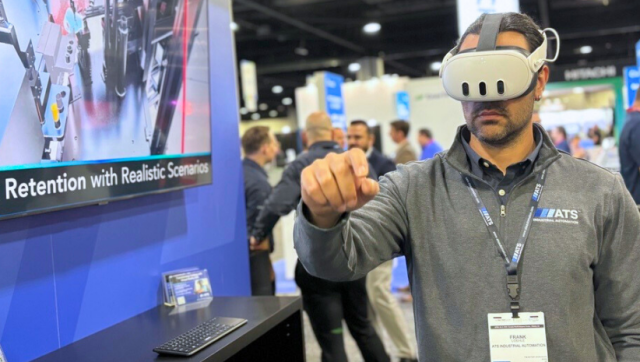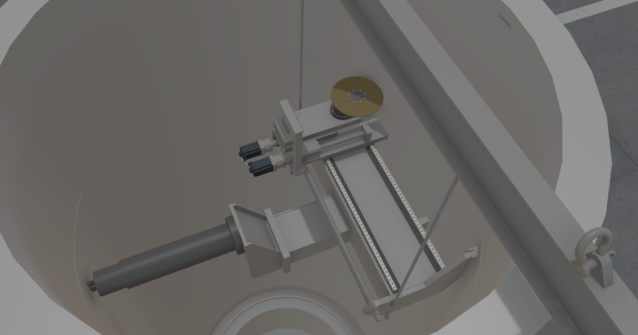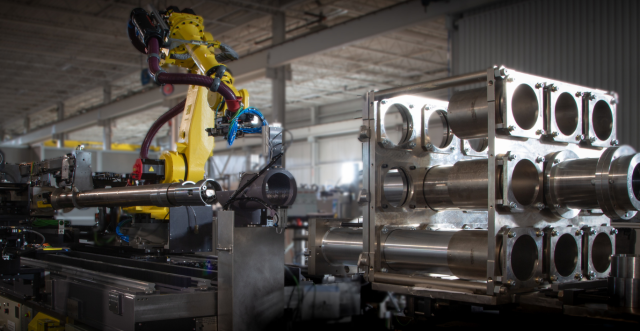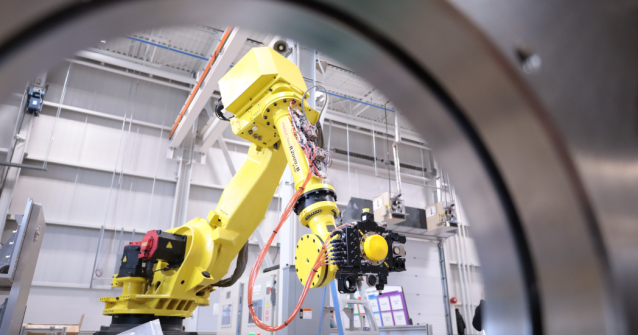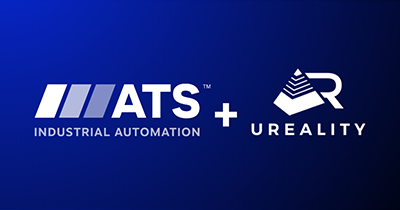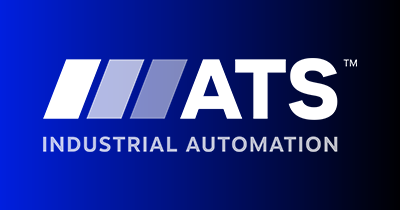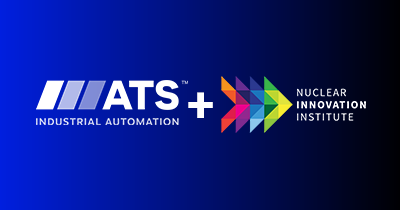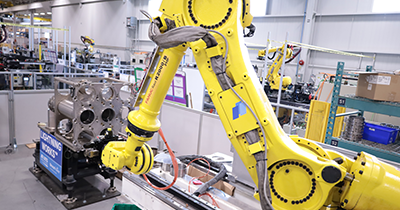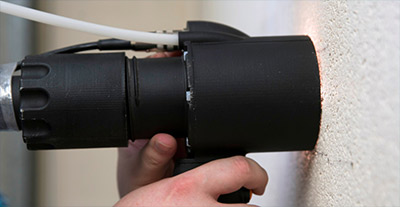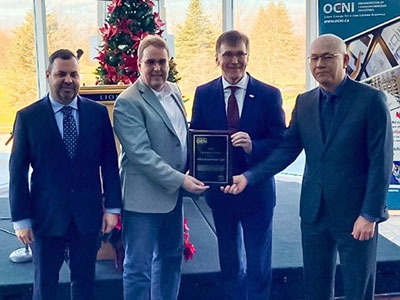Large industrial manufacturers lose nearly $1 trillion annually due to machine failures. This includes costs from lost production hours, financial penalties, idle employee time, and restarting manufacturing lines. Rigorous testing and validation, powered by system twins, can alleviate these expenses by ensuring automated systems function correctly, meet requirements, and perform reliably under various conditions. Manufacturers that don’t implement stringent testing and validation of automated systems are prone to line failures, leading to decreased production throughput, costly downtimes, and safety hazards.
It’s critical to test assembly lines to identify defects, resolve them, and verify the system meets its specifications. However, traditional testing and validation methods often involve time-consuming, costly manual inspections and physical prototypes. These samples require significant resources to build and test, and manual inspections are prone to human error. Additionally, these legacy methods may not fully capture the complex interactions within an automated system.
Challenges manufacturers face in traditional testing and validation processes include:
- The high cost and time required to build and test physical prototypes.
- Simulating real-world conditions with high fidelity.
- Limitations in detecting and diagnosing issues early.
These hurdles can result in delayed project timelines, increased costs, and suboptimal system performance. Moreover, traditional methods struggle to keep up with the increasing complexity of modern systems. This necessitates more advanced and efficient testing and validation approaches.
How System Twins Enhance Testing and Validation
System twins significantly enhance the testing of automation workflows. Unlike traditional methods, system twins enable continuous validation throughout the development of a manufacturing line, allowing leaders to detect and resolve issues early on. By simulating physical conditions and integrating real-time data, system twins offer more accurate and efficient testing and validation, ultimately improving the reliability of complex systems.
Optimizing Validation and Commissioning with System Twins
Using digital twin models and virtual manufacturing, system twins create comprehensive replicas of entire systems. Automation teams can test and optimize these virtual models before building any physical components, significantly reducing the risk of errors and inefficiencies in assembly lines. System twins also enable testing and validation from initial design through final deployment.
By integrating concurrent data, system twins provide a dynamic and accurate representation of the system’s operating conditions. This continuous approach drives more precise testing and, unlike traditional methods, helps teams quickly identify and address issues.
System twins comply with factory acceptance testing (FAT) and site acceptance testing (SAT) by allowing for thorough virtual testing and validation. Virtual commissioning, for example, lets teams test and validate the performance of new equipment or systems—including controls, logic, and interactions—before they’re physically installed. This reduces the need for extensive on-site testing and minimizes integration time.
Predictive Maintenance
Predictive analysis is another powerful feature of system twins in assembly lines. Through historical and real-time data analyses, system twins facilitate proactive upkeep. By predicting when a machine is likely to fail, or which steps of the workflow create bottlenecks, teams can schedule maintenance to prevent unexpected downtime. This capability not only enhances the system’s reliability but also reduces costly maintenance emergencies.
Optimize Assembly Lines with System Twins
System twins are transforming testing and validation in various industries. They enable more accurate simulations, real-time data integration, and predictive analytics by creating a digital replica of an entire system. This holistic approach enhances the efficiency and reliability of testing and validation processes, reducing the costs and time associated with traditional methods.
The ability to continuously validate throughout the line’s lifecycle ensures manufacturing teams can identify and address potential issues early, leading to more robust and reliable workflows. As industries continue to embrace digital twins and virtual commissioning software, the role of system twins will only become more critical.
Learn more about how to leverage the power of system twins by downloading our free eBook today.
Download our Free eBook to learn more about why System Twins are Eating Complexity for Lunch (And dinner. And breakfast.)

Roland Echter
General Manager - Digital
ATS Industrial Automation
Roland has helped companies across numerous industries to automate and optimize production with digital solutions. Roland works with customers to configure services, systems, using digital tool strategies to build and scale production and drive operational efficiency.



